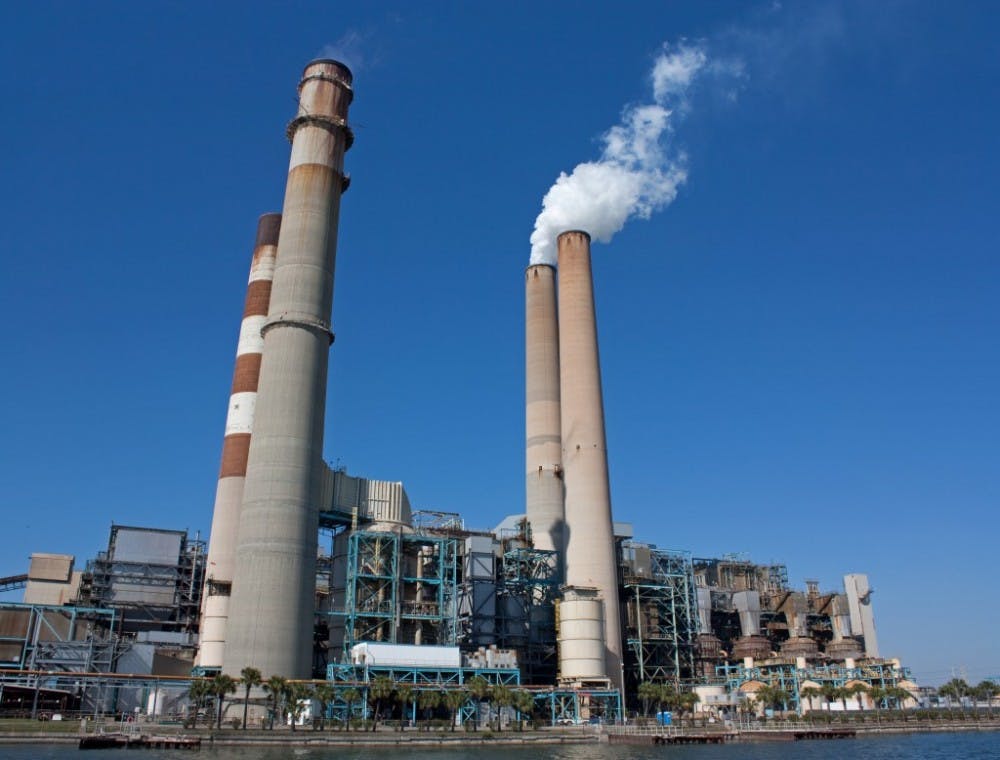As Earth’s climate continues to change, some scientists wonder whether these fluctuations are anthropogenic, or human-induced, ramifications of increased carbon release, or whether they are simply part of Earth’s natural carbon cycle. Since the earliest instrumental records of our planet’s climate, measured by thermometers and other rudimentary tools, begin only in the 1850s, it may seem impossible to look far enough into the past to lay this controversy to rest.
To try to answer this question, scientists have typically analyzed air bubbles trapped in ice cores. Even this method only describes the extent of carbon dioxide released within less than a million years in the past. However, the potentially strong impacts of climate change have inspired researchers to press on, leading to the development of novel measurement techniques at the University of Hawaii at Manoa.
Using these new techniques, which examine the chemical and biological signatures of deep sea sediment archives, researchers have been able to diagram Earth’s history of carbon dioxide release from tens to hundreds of millions of years in the past. This research provides insight into the Earth’s atmospheric composition all the way back to the age of the dinosaurs.
The researchers’ findings suggest that humans are currently releasing carbon dioxide at a rate 10 times faster than that of any other carbon-release event in the past 66 million years. Their findings have been published in Nature Geoscience. Co-authors Andy Ridgwell, Richard Zeebe and James Zachos shed light on the group’s research style. According to these researchers, a combined analysis of the chemical properties of sediment cores from the Paleocene-Eocene Thermal Maximum (PETM), a warming period that occurred 56 million years ago, coupled with a model of Earth’s climate and carbon cycle, allowed them to gain insights into Earth’s climatic past. With this technique, the researchers were able to measure the rates of change in carbon dioxide from a sediment core without ever having to create a sediment core age model, which is both time-consuming and difficult.
The authors also note that the rate of carbon release during the PETM is much lower than the rate of human emissions into the atmosphere, explaining that in 2014 the world reached a record high of carbon dioxide release at 37 billion metric tons of carbon.
Zeebe expressed his concern for Earth’s climate and humanity’s ability to survive large climatic changes.
“If you kick a system very fast, it usually responds differently than if you nudge it slowly but steadily... It is rather likely that future disruptions of ecosystems will exceed the relatively limited extinctions observed at the PETM,” Zeebe said in a press release. “Because our carbon release rate is unprecedented over such a long time period in Earth’s history, it also means that we have effectively entered a ‘no-analogue’ state. This represents a big challenge for projecting future climate changes because we have no good comparison from the past.”
While climate change in the past has been described as relatively smooth, it seems as if this is not likely to be the case in the future, given the large amounts of carbon dioxide that are currently being released due to human activities.
Scientists at the University of Hawaii at Manoa are continuing to study differing aspects of climate change during the PETM, ranging from investigations in ocean acidification to the calcification, or calcium formation, of organisms in the ocean. Measuring such chemical signatures in the deep sea can provide the researchers insight into Earth’s changing atmosphere, and the effect of climate change on biodiversity and on changes in the composition of the ocean.





